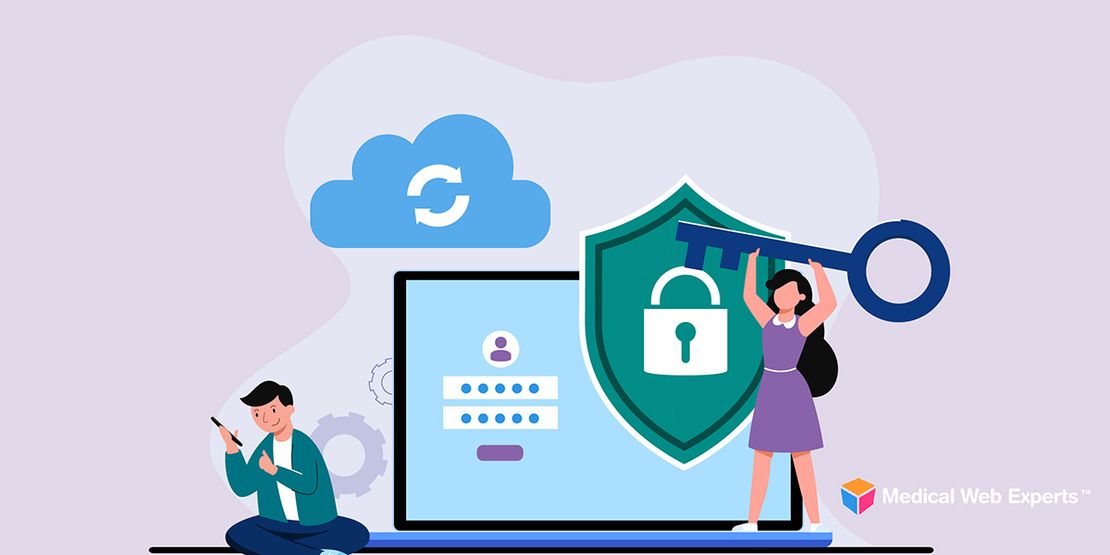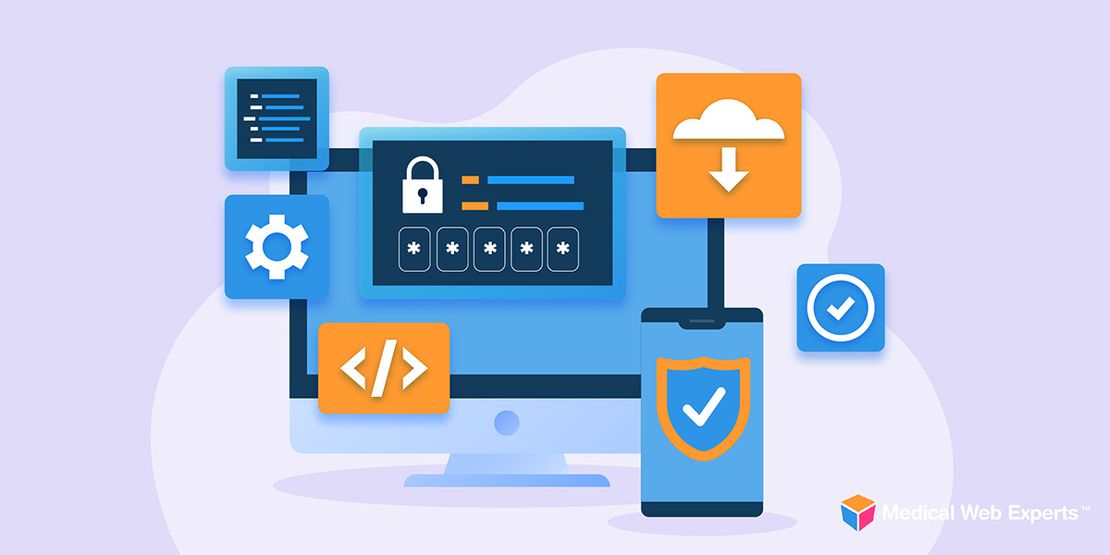Over the course of the coming year, and especially in the next six months, millions of Americans between the ages of 19 and 34 will be purchasing health insurance and joining the ranks of the newly insured. This is big news for healthcare practices, as it means that many new patients will be entering the market and searching for doctors. A great majority of these new entrants happen to be very tech savvy, and they expect you to be too.
Last week, the Census Bureau released statistics on health insurance in the U.S., and the numbers show that:
- 27.2 percent of Americans ages 19 to 34 are uninsured (the highest rate of any other age group).
- There are 60 million people in this age group, which means that there are approximately 16.3 million people ages 19 to 34 that have no insurance.
- Thus, an average of 3.2 million young people in your state will be seeking healthcare over the next 12 months.
- When this occurs, out of pocket spending will increase from a median of $627 per year for uninsured to $2,614 per year for insured individuals.
What does this mean for physicians?
While there will certainly be individuals who will choose to pay a fine rather than pay for healthcare coverage (not to mention those who will find other ways to avoid signing up for medical insurance), there is no doubt that millions of young Americans will opt into plans – and when they do, they will want to get their money’s worth.
I, myself, am in this age group. In talking with my friends and colleagues, I have found that most are going to opt for a silver-level plan that costs a bit more each month but covers things like office visits and prescriptions. Once we newly-insured individuals have health insurance coverage, we will be taking trips to the doctor that we haven’t been able to afford for years. Of course, we’ll expect a certain level of electronic convenience to go along with these visits.
You see, my fellow Generation Y-ers (the Entitled Generation, the Millennials, etc.) and I don’t like going out of our way to do things that can be done from our iPhones. In fact, we don’t even like to use our iPhones to make phone calls – when texting/messaging is possible, we almost always do it. This is no different for our medical care. We’d like to be able to make appointments while riding the subway or at our desk without picking up the phone and making it known to our co-workers that our bunions are getting worse.
I have two personal examples that can help prove this point:
- Email reminders. My dentist sends an auto-reminder to my email when it’s time to come in for a routine cleaning. The emails routes me to his system where I can instantly schedule an appointment within 30 seconds. If it weren’t for these reminders, I’d probably put off going to the dentist.
- Online scheduling. The podiatrist I see for a chronic foot injury (not bunions, I swear) allows me to quickly see available appointment times online and book them right away. (On a side note: The podiatrist also sent my X-ray results via the patient portal he uses, so that I could share them with a doctor in Argentina, where I live for part of the year. I was impressed – not to mention happy that I didn’t have to pay for them again.)
In both cases, I find myself going back to these doctors time and time again because they make it so easy to do so. When a good chunk of those 16.2 million young Americans get insurance and start looking for a doctor, I can guarantee you that they are going to think the same way. They are going to Google the healthcare practices that accept their insurance (or check the doctor’s medical website) and send off an appointment request to the one who makes the online process the easiest. They might Google some reviews to give you a quick background check, but if you aren’t easily visible online and patients can’t easily contact you, you have no shot at receiving their business.
Photo source.


